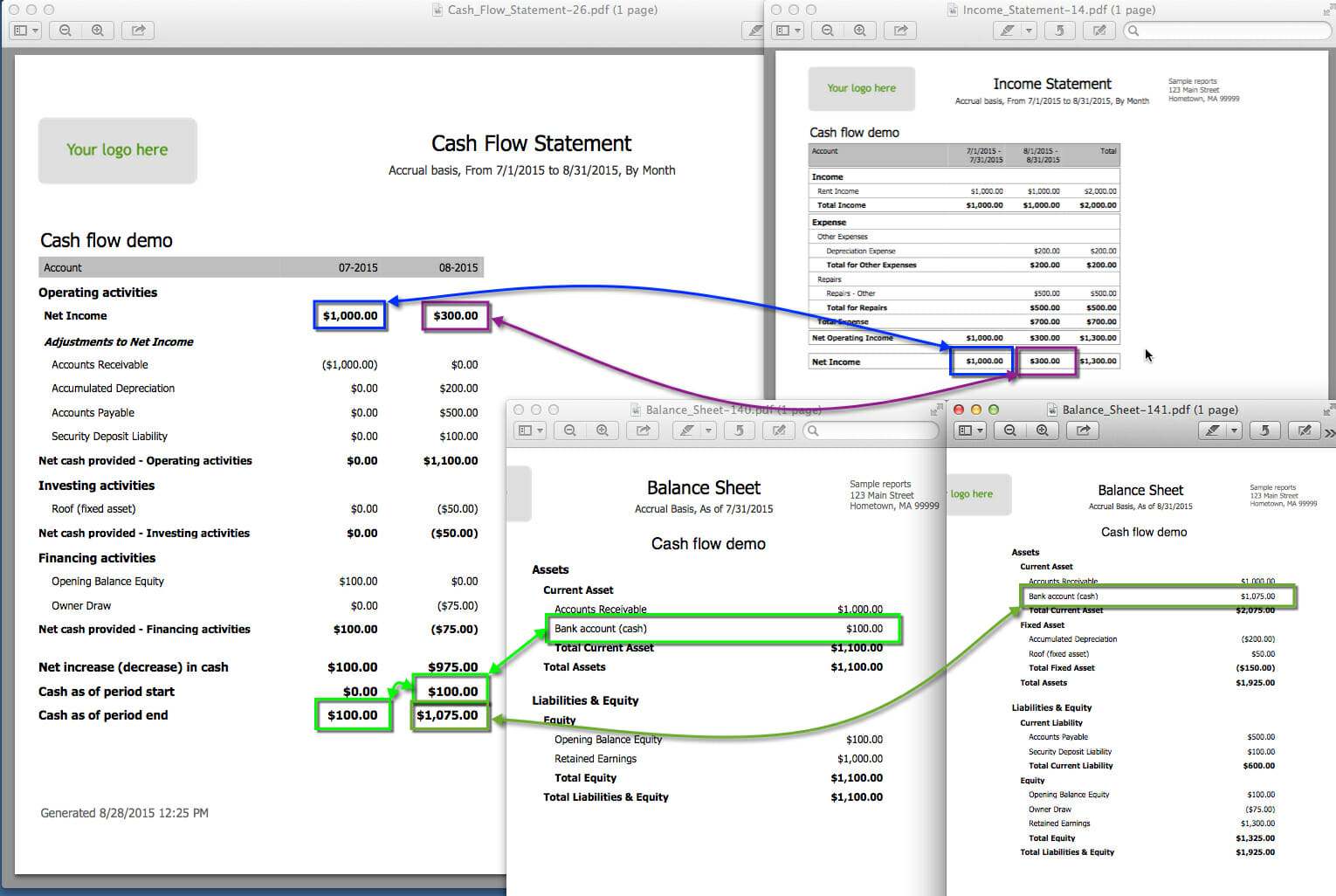

Finance
What Does Rental Property Insurance Cover?
Published: January 22, 2024
Learn how rental property insurance can protect your finances. Discover what it covers and why it's essential for property owners. Get expert advice now!
(Many of the links in this article redirect to a specific reviewed product. Your purchase of these products through affiliate links helps to generate commission for LiveWell, at no extra cost. Learn more)
Table of Contents
Introduction
Welcome to the world of rental property insurance! Whether you're a seasoned real estate investor or just dipping your toes into the rental market, understanding the nuances of insurance coverage is crucial for safeguarding your investment. Rental property insurance, also known as landlord insurance, provides financial protection for property owners who lease out residential units. This specialized insurance goes beyond the scope of standard homeowners insurance, addressing the unique risks associated with rental properties.
When it comes to rental property insurance, it's essential to comprehend the specific coverages included in a policy. From protecting the physical structure of the property to shielding against potential liability issues, rental property insurance offers a comprehensive safety net for landlords. In this article, we'll delve into the various facets of rental property insurance coverage, shedding light on what landlords can expect from their insurance policies.
Understanding the ins and outs of rental property insurance is vital for ensuring that property owners are adequately protected in the event of unforeseen circumstances. So, let's embark on a journey through the intricacies of rental property insurance coverage, equipping you with the knowledge needed to make informed decisions and safeguard your investment.
Dwelling Coverage
Dwelling coverage is the cornerstone of rental property insurance, providing financial protection for the physical structure of the rental property. This coverage extends to the main building as well as any attached structures, such as a garage or deck. In the event of covered perils, such as fire, windstorm, or vandalism, dwelling coverage helps cover the costs of repairing or rebuilding the property.
When determining the appropriate amount of dwelling coverage, landlords should consider the replacement cost of the property. This value is based on factors such as the property’s square footage, construction materials, and local construction costs. It’s crucial to ensure that the dwelling coverage amount accurately reflects the cost of rebuilding the property in the current market, as inadequate coverage could leave landlords financially vulnerable in the aftermath of a loss.
It’s important to note that dwelling coverage typically does not extend to the personal belongings of tenants. For tenants’ possessions, renters insurance is necessary to provide coverage for their personal property. Landlords should clearly communicate this distinction to tenants, emphasizing the importance of renters insurance for safeguarding their belongings.
Ultimately, dwelling coverage forms the bedrock of rental property insurance, shielding landlords from the financial repercussions of property damage due to covered perils. By securing adequate dwelling coverage, landlords can have peace of mind knowing that their investment is protected against unforeseen calamities.
Personal Property Coverage
Personal property coverage within rental property insurance pertains to the protection of items that are owned by the landlord and kept on-site for the maintenance or servicing of the rental property. This can include appliances, lawnmowers, snow blowers, and other equipment used for property upkeep. In the event of covered perils, such as theft, vandalism, or natural disasters, personal property coverage helps reimburse landlords for the cost of repairing or replacing these items.
It’s important for landlords to conduct a thorough inventory of the personal property kept on the rental property premises to ensure that all essential items are included in the coverage. Additionally, landlords should maintain records of the value of these items to expedite the claims process in the event of a loss.
It’s worth noting that personal property coverage typically does not extend to tenants’ belongings. As such, landlords should strongly encourage their tenants to obtain renters insurance to protect their personal possessions. This clear delineation between personal property coverage for landlords and renters insurance for tenants helps mitigate misunderstandings and ensures that both parties are adequately protected.
By including personal property coverage in their rental property insurance policy, landlords can safeguard their valuable equipment and assets from unexpected damage or loss. This coverage provides a layer of financial protection, offering landlords peace of mind as they manage and maintain their rental properties.
Liability Coverage
Liability coverage is a fundamental component of rental property insurance, offering financial protection for landlords in the event that they are found legally responsible for injuries or property damage sustained by others. This coverage extends to incidents that occur on the rental property premises, such as slip-and-fall accidents, dog bites, or accidental property damage caused by the landlord’s negligence.
One of the key aspects of liability coverage is its provision for legal defense costs. In the event that a landlord is sued due to a covered incident, liability coverage can help cover legal fees, court costs, and settlements or judgments, up to the policy’s limits. This aspect of the coverage is crucial in shielding landlords from the potentially exorbitant expenses associated with legal proceedings.
It’s important for landlords to assess their liability coverage limits carefully, ensuring that the selected coverage amount aligns with their potential exposure to liability risks. Factors such as the number of rental units, the type of property, and the presence of amenities, such as swimming pools or playgrounds, can influence the level of liability coverage needed.
Furthermore, landlords should prioritize maintaining a safe and well-maintained rental property to mitigate liability risks. Regular property inspections, prompt repairs of potential hazards, and clear communication of safety guidelines to tenants can help reduce the likelihood of accidents and liability claims.
By incorporating robust liability coverage into their rental property insurance, landlords can shield themselves from the financial ramifications of unforeseen liability issues. This coverage provides a crucial safety net, empowering landlords to navigate their roles with confidence and resilience in the face of potential legal challenges.
Additional Living Expenses Coverage
Additional Living Expenses (ALE) coverage, also known as loss of use coverage, is a vital component of rental property insurance that provides financial protection for landlords and tenants in the event that a covered peril renders the rental property uninhabitable. When a rental unit becomes temporarily uninhabitable due to damage from a covered event, ALE coverage helps cover the additional living expenses incurred by the tenants, such as hotel bills, restaurant meals, and other necessary costs while they are unable to reside in the rental property.
For landlords, ALE coverage can be instrumental in maintaining positive landlord-tenant relationships during challenging times. By facilitating the provision of alternative housing and covering associated expenses for tenants, ALE coverage can help mitigate the potential strain on these relationships that may arise from unexpected displacement due to property damage.
Landlords should carefully review the limits and provisions of ALE coverage in their rental property insurance policy to ensure that it adequately addresses the potential needs of their tenants in the event of a covered loss. Additionally, clear communication with tenants regarding the availability and scope of ALE coverage can help manage expectations and provide reassurance in the event of a disruptive property damage incident.
Ultimately, ALE coverage serves as a valuable safety net for both landlords and tenants, offering financial support and temporary housing solutions in the aftermath of a covered loss. By incorporating ALE coverage into their rental property insurance, landlords can demonstrate their commitment to the well-being of their tenants and bolster their overall risk management strategy.
Other Coverages
In addition to the core coverages discussed earlier, rental property insurance may offer a range of supplemental coverages to address specific risks and enhance the overall protection provided to landlords. These additional coverages can be tailored to meet the unique needs of rental property owners, offering a comprehensive risk management approach.
One common supplemental coverage is vandalism coverage, which provides financial protection for damages caused by acts of vandalism to the rental property. This coverage can be particularly valuable in areas where property vandalism is a prevalent risk, offering landlords peace of mind and financial recourse in the event of such incidents.
Furthermore, some rental property insurance policies may include coverage for fair rental income, which helps reimburse landlords for lost rental income due to property damage or loss that renders the rental units uninhabitable. This coverage can be instrumental in mitigating the financial impact of prolonged property vacancies resulting from covered perils.
Additionally, coverage for earthquake or flood damage, if not included in the standard policy, can be offered as optional endorsements or standalone policies to address specific environmental risks that may pose a threat to rental properties in certain geographical areas.
It’s important for landlords to carefully review the available supplemental coverages and assess their relevance to the specific risks they may face. By customizing their rental property insurance with tailored supplemental coverages, landlords can fortify their risk management strategy and ensure comprehensive protection against a diverse array of potential perils.
Conclusion
As a landlord, navigating the complex landscape of rental property insurance is essential for safeguarding your investment and mitigating potential risks. Understanding the multifaceted coverages provided by rental property insurance empowers you to make informed decisions and proactively protect your rental properties and financial interests.
From the foundational dwelling coverage that shields the physical structure of your rental property to the crucial liability coverage that safeguards you from legal and financial liabilities, rental property insurance offers a comprehensive safety net. Personal property coverage and additional living expenses coverage further enhance the protective measures, addressing the needs of both landlords and tenants in the event of covered perils.
Furthermore, the availability of supplemental coverages, such as vandalism coverage and fair rental income protection, allows you to tailor your insurance policy to align with the specific risks and challenges you may encounter as a landlord. By customizing your coverage, you can fortify your risk management strategy and ensure robust protection for your rental properties.
Clear communication with tenants regarding the scope of insurance coverages, including the distinction between landlord-provided coverage and the necessity of renters insurance for tenants, is pivotal in managing expectations and fostering positive landlord-tenant relationships. Additionally, regular reviews of your insurance policy and coverage limits can help ensure that your rental property insurance adequately addresses your evolving needs and the changing risk landscape.
In conclusion, rental property insurance serves as a critical tool for landlords, offering financial protection, risk mitigation, and peace of mind in a dynamic and often unpredictable rental property landscape. By proactively engaging with the nuances of rental property insurance and leveraging its comprehensive coverages, you can navigate your role as a landlord with confidence, resilience, and a steadfast commitment to protecting your investment and the well-being of your tenants.














